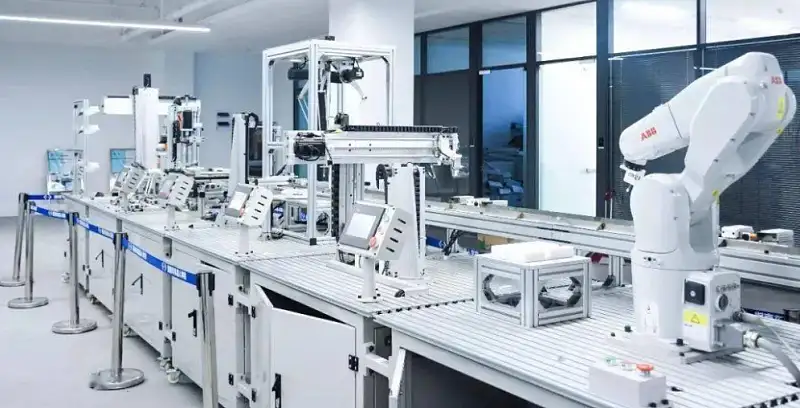A set of mold design ideas and processes
A set of reliable plastic mold design is mainly reflected in the quality of the molded plastic products (appearance quality and dimensional stability), convenient, rapid, and concise processing and manufacturing, which saves money and manpower, and leaves room for correction and improvement. It is safe, stable, easy to maintain, has a short molding cycle and …


